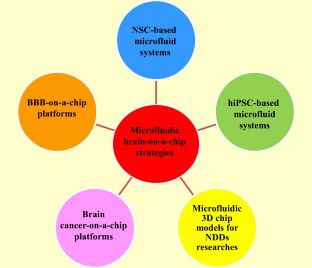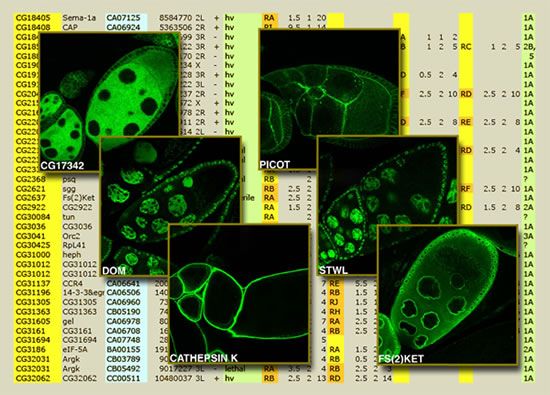Although Drosophila is an insect whose genome has only about 14,000 genes, roughly half the human count, a remarkable number of these have very close counterparts in humans; some even occur in the same order in the fly’s DNA as in our own. This, plus the organism’s more than 100-year history in the lab, makes it one of the most important models for studying basic biology and disease.
To take full advantage of the opportunities offered by Drosophila, researchers need improved tools to manipulate the fly’s genes with precision, allowing them to introduce mutations to break genes, control their activity, label their protein products, or introduce other inherited genetic changes.
“We now have the genome sequences of lots of different animals — worms, flies, fish, mice, chimps, humans,” says Roger Hoskins of Berkeley Lab’s Life Sciences Division. “Now we want improved technologies for introducing precise changes into the genomes of lab animals; we want efficient genome engineering. Methods for doing this are very advanced in bacteria and yeast. Good methods for worms, flies, and mice have also been around for a long time, and improvements have come along fairly regularly. But with whole genome sequences in hand, the goals are becoming more ambitious.”








